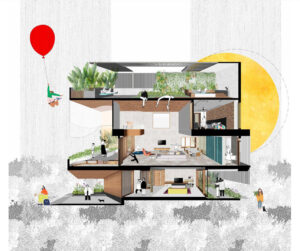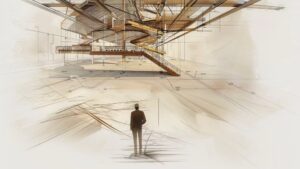
Behind The Design
"How we Read a building? Insane power of Spatial Storytelling"
Discover how buildings communicate through form and space. Learn to ‘read’ architecture like a text using spatial storytelling and design logic.
How we Read a building? Insane power of Spatial Storytelling
Discover how buildings communicate through form and space. Learn to ‘read’ architecture like a text using spatial storytelling and design logic.
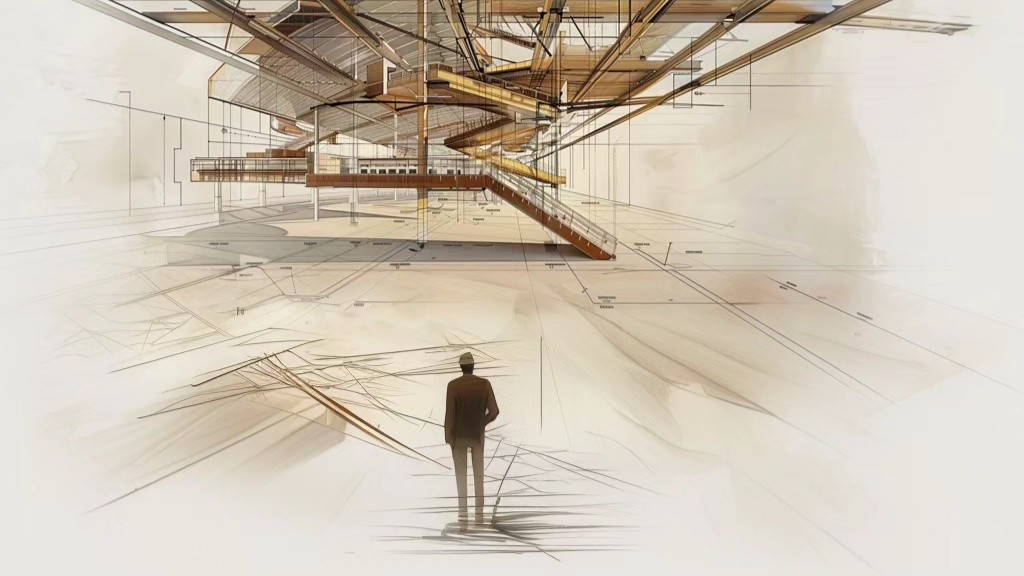
Table of Contents
🧠 What Does It Mean to “Read” a Building?
When we say buildings can be read, we don’t mean you’ll find sentences on the walls.
We mean this:
Buildings communicate — not with language, but with spatial logic, form, and flow.
Every entrance, every window, every turn in a hallway is part of a spatial narrative.
Just as a story has a beginning, middle, and end — so too can a building.
So yes, buildings can be read — not like a novel, but like a script written in space.
📚 Architecture as a Language
Bill Hillier, the founder of space syntax theory, proposed something bold:
Architecture is not just shelter — it’s a social language.
Here’s how this “language” works:
- Syntax = how spaces are arranged (like grammar)
- Semantics = the meaning we derive (like story)
- Pragmatics = how people use it (like tone and intention)
A cathedral says something different than a prison.
A school library whispers what a sports hall shouts.
And they all “speak” through spatial configuration.
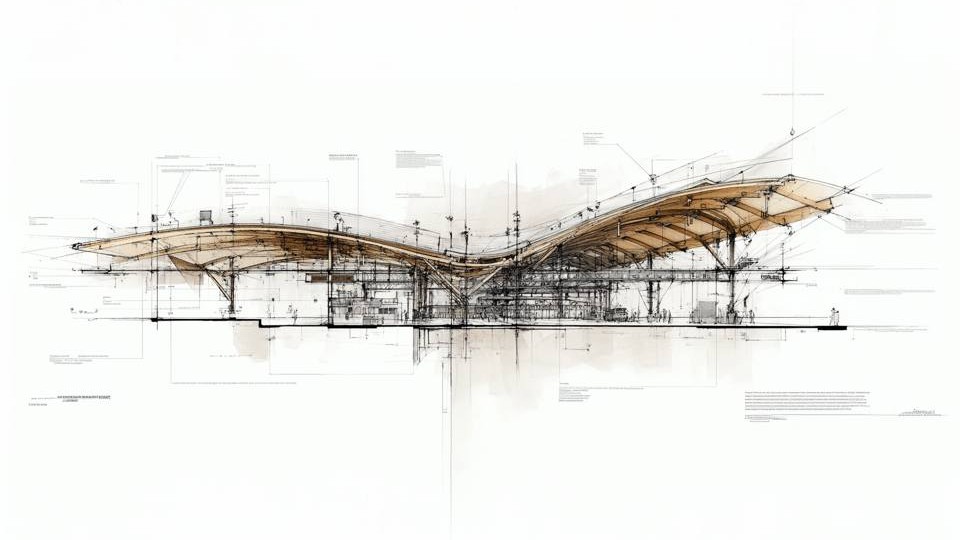
🧩 Elements We Interpret (Whether We Realize It or Not)
People naturally read:
- 🏠 Entrances → welcoming or forbidding?
- 🪟 Windows → open view or hidden interior?
- 🚪 Thresholds → transition or barrier?
- 🛣️ Paths → linear clarity or maze-like mystery?
- 🧭 Wayfinding → intuitive navigation or confusion?
Just like in a book:
- The introduction invites you in
- The body leads you through themes
- The conclusion reveals meaning or purpose
In a building:
You enter, explore, experience, and exit — changed, if the story is strong.
🏛 Real-Life Examples
📖 Libraries
Spatial sequence: entry → reception → open reading zones → deeper private study zones.
This is a narrative of deepening knowledge.
🏛 Museums
Often designed with winding paths and layered galleries.
A story of discovery unfolds as you move.
🏠 Homes
Living areas are shallow; bedrooms are deep.
A silent spatial story about privacy, retreat, and belonging.
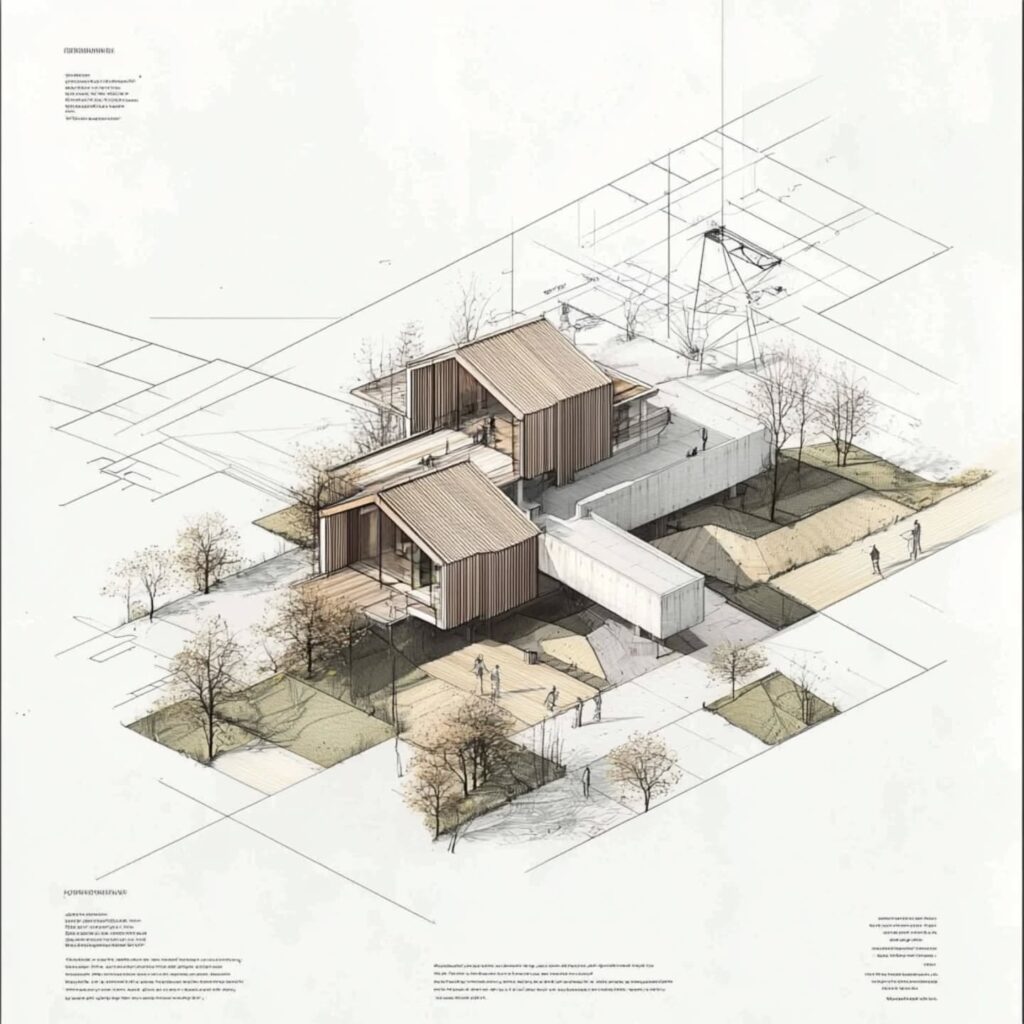
🔍 Why This Matters
When we understand buildings as texts, we can:
- Decode how power is expressed in public institutions
- Uncover bias in accessibility and inclusion
- Use design to tell better social stories
And for designers and architects, it means:
You’re not just placing walls.
You’re writing chapters — in form, flow, and feeling.
💬 Final Thought
“We shape buildings — then they shape how we’re seen, how we behave, and how we belong.”
So next time you walk through a space, pause.
Ask yourself:
What story is this building trying to tell?
And is it a story you feel part of?
Because yes — buildings can be read.
The real question is: are we reading them well?
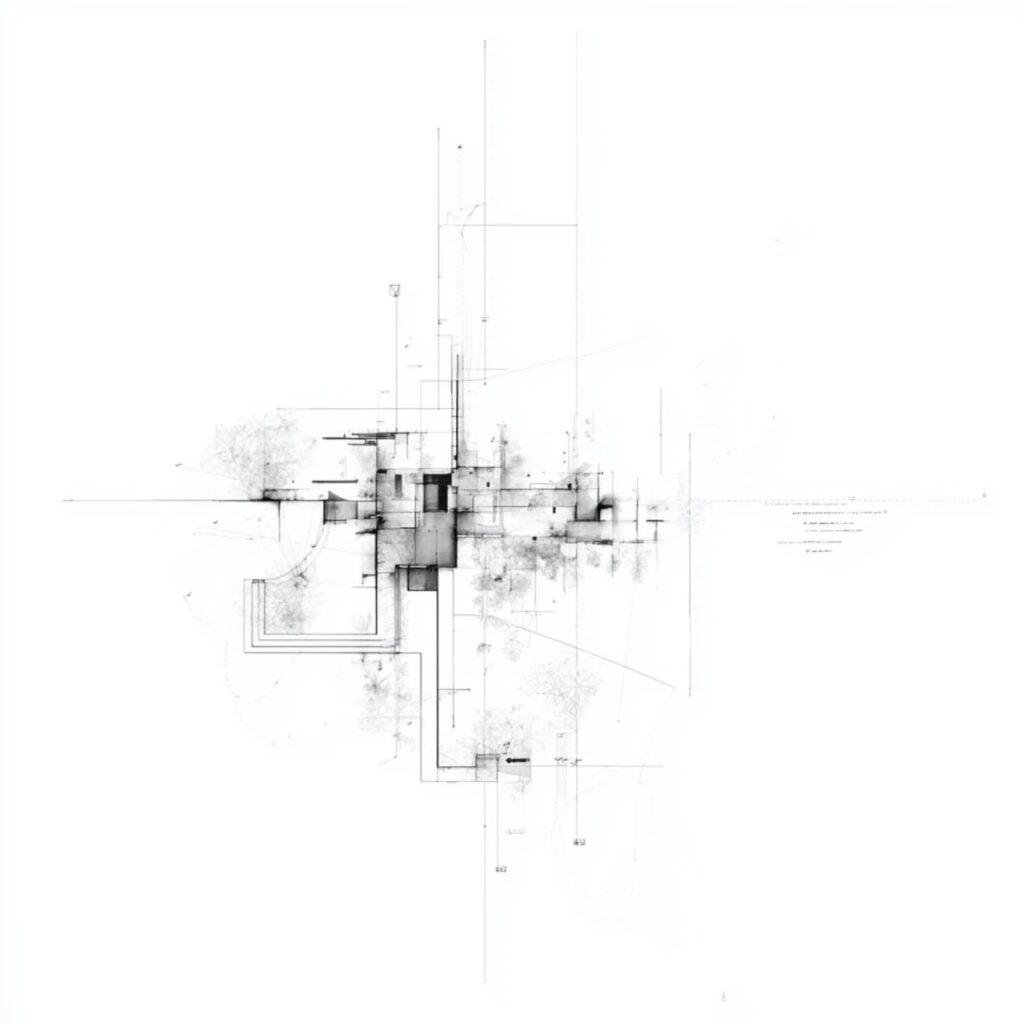
“Buildings don’t just reflect society — they shape it.”
#Architecture #Design #SpatialDesign #UrbanPlanning #SpaceSyntax #BuiltEnvironment #DesignThinking #SocialArchitecture #PublicSpace #DesignPsychology #PatternLanguage
